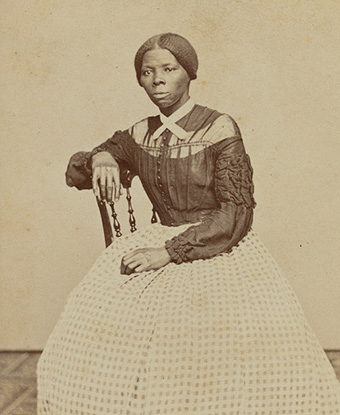Born Araminta Ross, she married John Tubman and renamed herself Harriet, after her mother. As an adult, Tubman helped around 70 enslaved people flee through and hide within the landscape, living off the creatures it provided, and passed her knowledge to several dozen more. “This place we’re looking for, where she grew up, this was her training ground,” Schablitsky says. “This is what gave her the tools and experience to be successful as a conductor of the Underground Railroad.”Share
Experts have been looking for this site for at least 20 years, says Kate Clifford Larson, a Tubman biographer. Before the search for Ben Ross’s cabin began along Harrisville Road, there was a misconception that Tubman had been born in nearby Bucktown. Local papers in another nearby town, Cambridge, had reported on Tubman’s roots in the 1940s, but a 1943 biography by Earl Conrad placed her birthplace in Bucktown, and the town began claiming her as a daughter, Larson says. That idea lost traction when researchers found a note in the account record of the Thompson family, who enslaved Ross, indicating that they had hired a midwife to help deliver a child in 1822—presumably Araminta. Court records from the 1850s also set Tubman’s birthplace on the Thompson plantation; she and her mother would be enslaved by the Brodess family, who hadn’t yet moved to Bucktown. “It’s a fascinating study about how memory shifts when certain people become empowered to tell their version of the story,” Larson says. For years, the former Thompson land was privately owned. Now, much is government-owned—the current search covered land managed by the U.S. Fish and Wildlife Service—and deed-mapping efforts are ramping up, as is work to map census records of enslaved and free Black residents. (Read more.)
Tota pulchra es Maria
5 days ago


















No comments:
Post a Comment